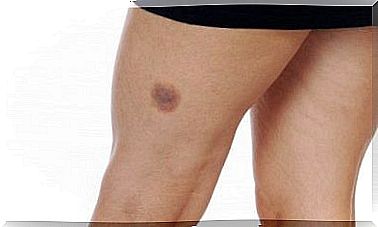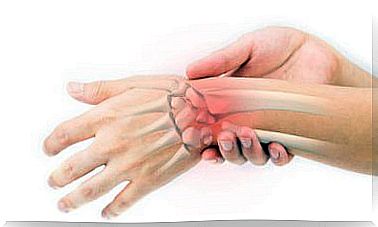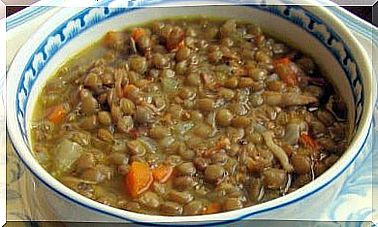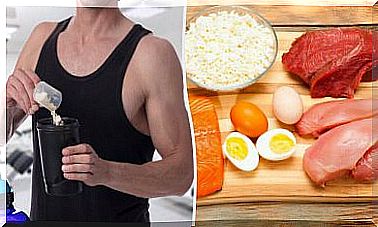7 Foods That Are Not Suitable For The Microwave
The microwave oven is very useful for cooking or warming certain foods, but it is not suitable for all foods. Some of them lose their excellent properties and should therefore be prepared differently.
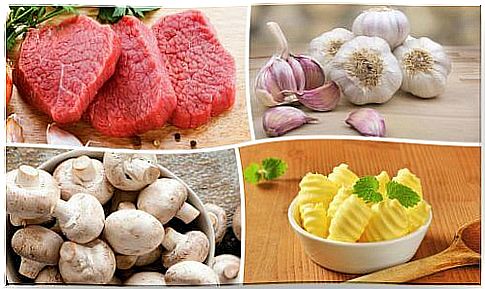
The microwave is a very useful household appliance that is very popular around the world, as it allows you to warm up certain dishes very quickly or to cook dishes without water.
Some vegetables retain their excellent properties better with this method than with others, but not all foods are microwave safe.
Some of them lose valuable nutrients because they are destroyed by the high temperatures.
1. meat
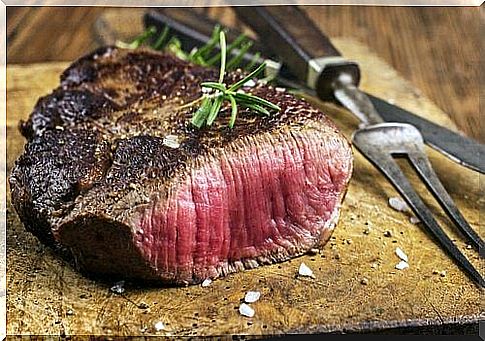
Some use the microwave to quickly thaw meat before it is cooked.
While this can be helpful in preventing contamination from certain bacteria, it also destroys vitamin B12 and amino acids.
If meat from the day before is reheated in the microwave, some of the natural juices are lost and the protein value is also reduced.
recommendations
- Thaw the meat in the lower part of the refrigerator the day before.
- Heat the meat in a pan over a low heat.
2. White rice
White rice should never be warmed up in the microwave, as the high temperatures mean that most of the nutrients are lost.
recommendations
- Traditionally cook the rice in a saucepan on the stove, then gradually raise the temperature as it cooks.
- If you want to reheat rice again, add a little water and only use low temperatures.
3. Broccoli
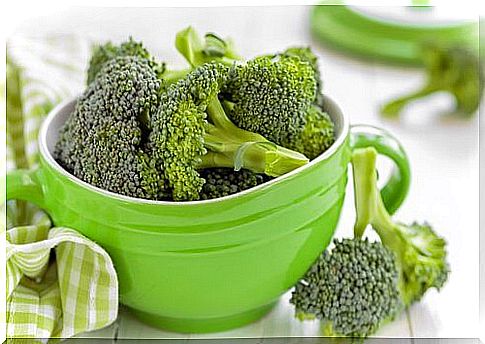
The high temperatures of the microwave oven destroy up to 97% of the antioxidants in this type of vegetable.
This also affects the taste and texture.
recommendations
- Consume broccoli in salads and mixed drinks to get the most out of all the nutrients.
- If you prefer these vegetables cooked, you can steam them so that as few nutrients as possible are lost.
4. Butter
Many microwave butter softeners, but doing so can reduce the quality of the protein.
recommendations
- Liquefy the butter in a pan on a low heat.
- You can keep the butter at room temperature or take it out of the refrigerator early so that it is always easy to spread.
5. Milk
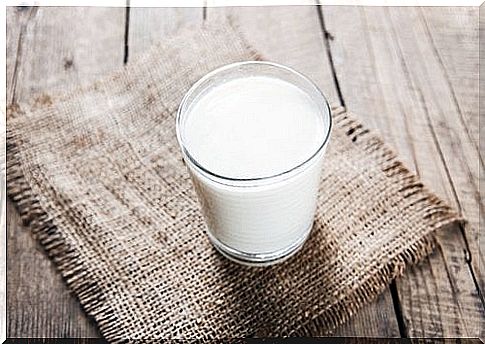
Milk and dairy products like yogurt lose up to half of their nutrients when exposed to the high temperatures in the microwave.
This destroys the vitamin B12 it contains and essential minerals are also lost.
recommendations
- If you want hot milk, you’d better warm it up on the stove over a low flame until it reaches the desired temperature.
6. Garlic – not in the microwave
Nutritionists usually recommend eating the garlic raw to get the most out of all the nutrients.
When garlic is warmed or cooked at high temperatures, the white tuber loses up to 95% of its vitamins and minerals.
Just a minute in the microwave is enough to destroy the valuable allicin that gives garlic its particularly effective antioxidant and anti-inflammatory properties.
recommendations
- Use raw garlic in mixed drinks, salads, and other recipes.
- It is also advisable to eat a clove of garlic on an empty stomach in order to reap its full benefits.
7. Mushrooms
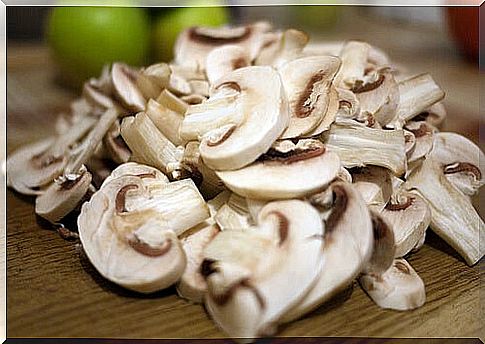
The proteins contained in mushrooms are completely destroyed when they are cooked or warmed up at high temperatures.
In addition, the risk of microorganisms spreading on the mushrooms is greater when they return to room temperature.
recommendations
- You shouldn’t reheat mushrooms afterwards, as this could lead to digestive problems or swelling.
- Cook the mushrooms at a temperature of 70ºC or less.
- It’s best to use recipes that don’t require you to cook the mushrooms for too long.
You now know which foods you shouldn’t cook or reheat in the microwave oven. While this is very useful, it is not suitable for all foods.


